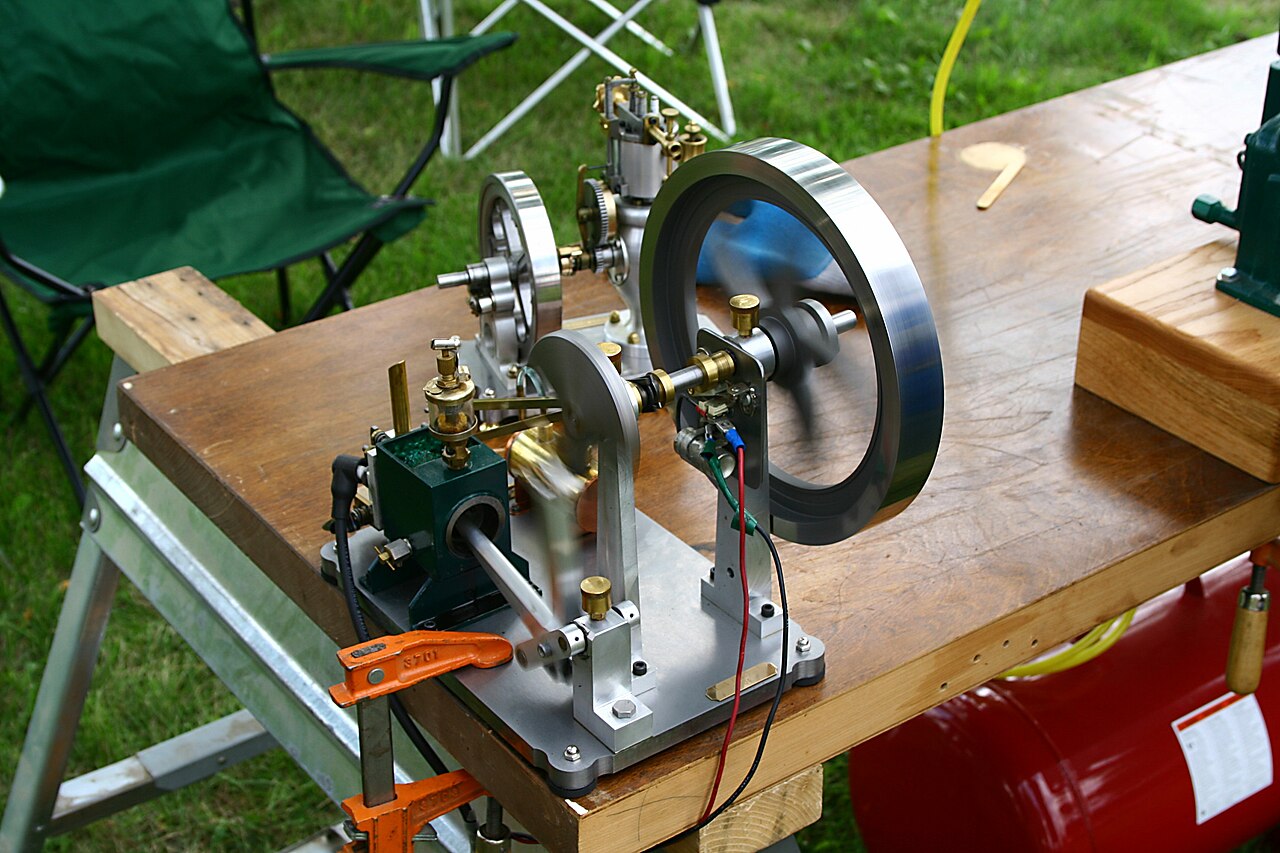The Atkinson cycle is a thermodynamic cycle used in internal combustion engines. It is named after its inventor James Atkinson, who developed the cycle in the late 1800s. In this blog post, we will discuss the Atkinson cycle, its working principle, and important relations derived from it.
The Atkinson Cycle
The Atkinson cycle is a modification of the Otto cycle, which is commonly used in most gasoline engines. The main difference between the two cycles is the way the intake and compression strokes are carried out. In the Atkinson cycle, the intake valve remains open for a longer duration than in the Otto cycle. This results in a smaller air-fuel mixture being drawn into the cylinder during the intake stroke.
During the compression stroke, the smaller air-fuel mixture is compressed to a much greater extent, resulting in a higher compression ratio. This higher compression ratio leads to an increase in the efficiency of the engine, as more energy is extracted from the combustion process.
Working Principle
The Atkinson cycle can be broken down into four strokes: intake, compression, power, and exhaust.
1. Intake Stroke: During this stroke, the intake valve remains open for a longer duration, allowing a smaller air-fuel mixture to be drawn into the cylinder.
2. Compression Stroke: During this stroke, the piston compresses the smaller air-fuel mixture to a much greater extent, resulting in a higher compression ratio.
3. Power Stroke: During this stroke, the compressed air-fuel mixture is ignited by a spark plug, resulting in an expansion of gases that pushes the piston down.
4. Exhaust Stroke: During this stroke, the exhaust valve opens, allowing the spent gases to be expelled from the cylinder.
Important Relations Derived from Atkinson Cycle
The Atkinson cycle is used in modern hybrid engines, where it is combined with an electric motor to improve fuel efficiency. The cycle's high compression ratio and lower intake volume result in a more efficient use of fuel. Some of the important relations derived from the Atkinson cycle are as follows:
1. Compression Ratio: The compression ratio of an Atkinson cycle engine is given by the following relation:
Compression Ratio = (Vc + Vi) / Vi
Where Vc is the volume of the combustion chamber and Vi is the volume of the air-fuel mixture at the end of the intake stroke.
2. Thermal Efficiency: The thermal efficiency of an Atkinson cycle engine is given by the following relation:
Thermal Efficiency = (1 - (1 / r) ^ (gamma - 1))
Where r is the compression ratio and gamma is the specific heat ratio of the air-fuel mixture.
3. Power Output: The power output of an Atkinson cycle engine is given by the following relation:
Power Output = (rpm x Torque) / 5252
Where rpm is the engine speed in revolutions per minute and Torque is the amount of force produced by the engine.
Conclusion
The Atkinson cycle is a thermodynamic cycle used in internal combustion engines to improve fuel efficiency. The cycle's higher compression ratio and lower intake volume result in a more efficient use of fuel. The cycle is used in modern hybrid engines, where it is combined with an electric motor to improve fuel efficiency further.
 |
| The Atkinson Cycle: Understanding its Working Principle and Important Relations |
The important relations derived from the Atkinson cycle include the compression ratio, thermal efficiency, and power output. These relations are essential in designing and optimizing Atkinson cycle engines for maximum efficiency and power output.
In conclusion, the Atkinson cycle is a valuable thermodynamic cycle that has contributed significantly to the development of more efficient and environmentally friendly internal combustion engines. The Atkinson cycle's high compression ratio and lower intake volume make it a more efficient option than the traditional Otto cycle. The cycle's importance is evident in modern hybrid engines, where it is used in combination with

0 Comments